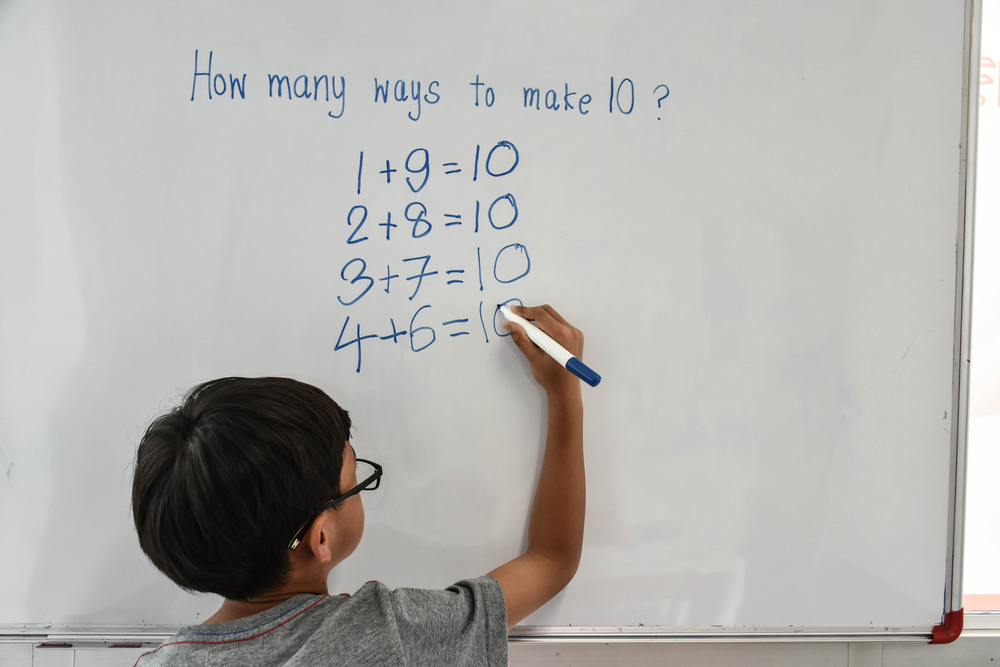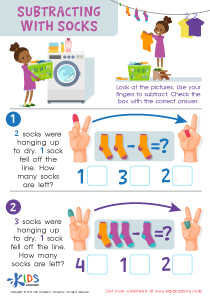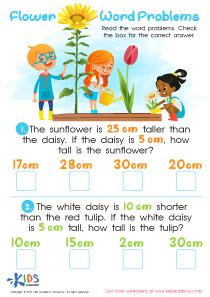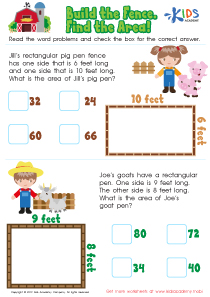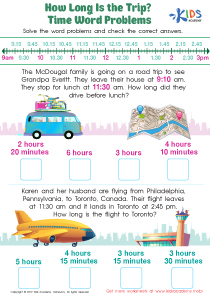Visual Learning Addition and Subtraction Word Problems Worksheets for Ages 3-9
5 filtered results
-
From - To
Unlock the power of visual learning with our engaging Addition and Subtraction Word Problems Worksheets, tailored for children ages 3-9. Designed to make math concepts approachable, these worksheets utilize colorful visuals and relatable scenarios to enhance understanding and retention. As young learners solve fun, illustrated word problems, they develop critical thinking skills and build a strong foundation for future math success. Perfect for home or classroom use, our worksheets encourage interactive learning and make math a delightful adventure. Equip your child with the tools they need to thrive in mathematics and watch their confidence soar! Explore our collection today!
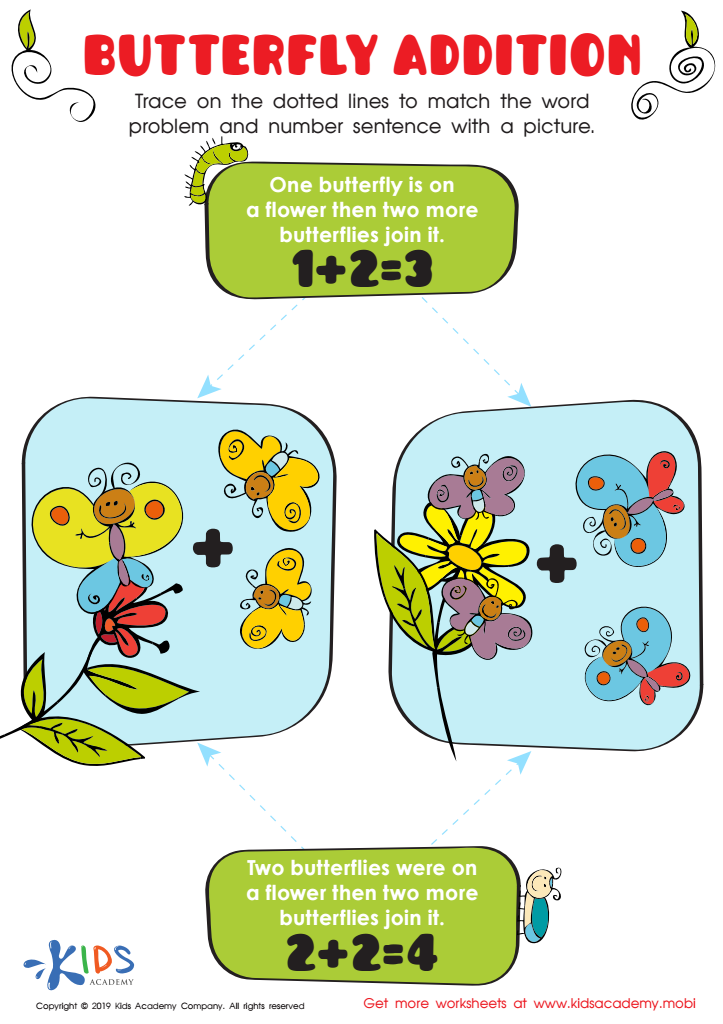

Butterfly Addition Worksheet


Subtracting Socks Worksheet
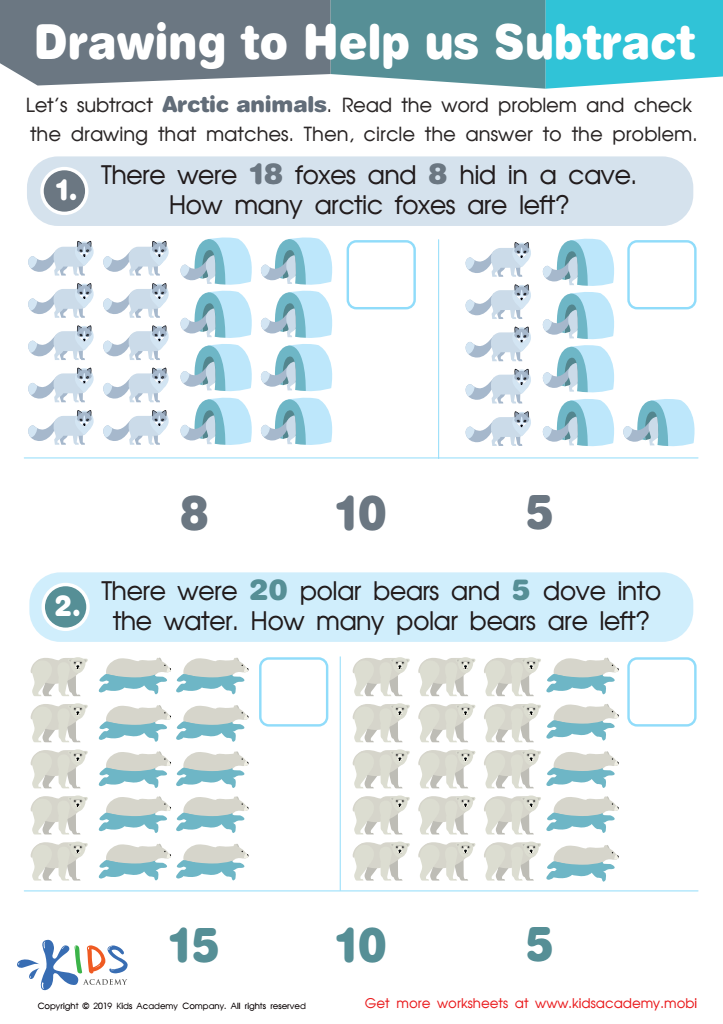

Drawing to Help Us Subtract Worksheet
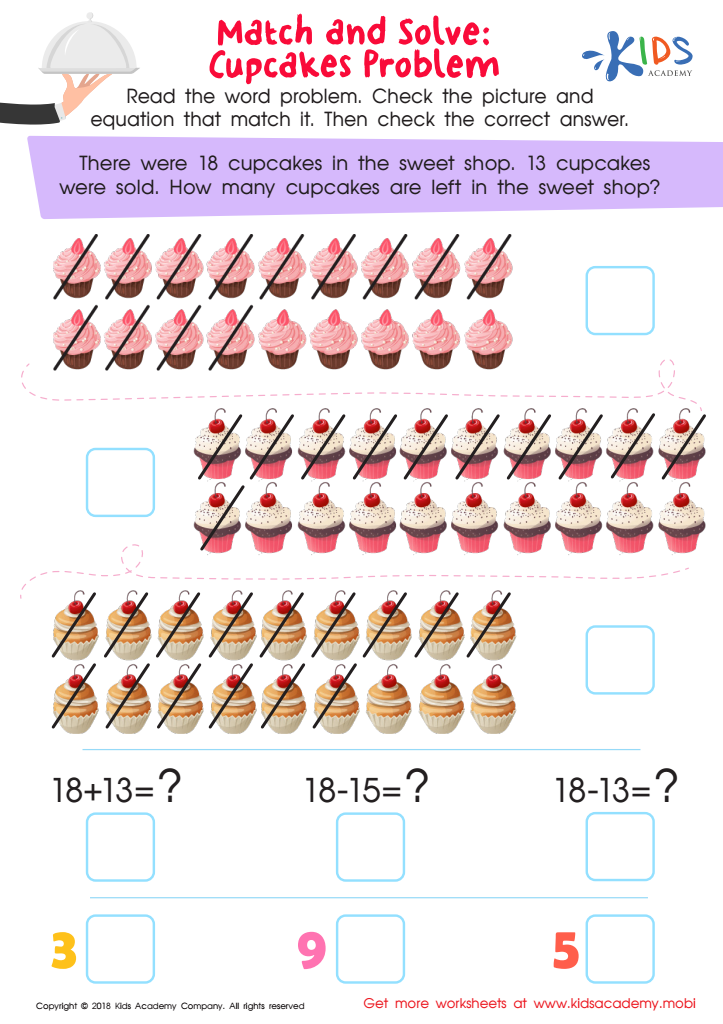

Match and Solve: Cupcakes Problem Worksheet


Addition at the Zoo Worksheet
Parents and teachers should prioritize visual learning for addition and subtraction word problems for children aged 3-9 because it engages young learners in a way that is both impactful and intuitive. At this age, children are developing essential cognitive skills, and visual aids—such as charts, drawings, or physical objects—help them grasp abstract mathematical concepts. This method encourages them to visualize problems, making it easier to understand and solve them.
Moreover, visual learning caters to diverse learning styles. Some children are visual learners who absorb information better through images and diagrams, while others may benefit from hands-on experiences. By using visuals, teachers and parents can help all children more effectively engage with math.
Additionally, word problems promote critical thinking and comprehension skills, as children must interpret language and translate it into mathematical operations. Encouraging problem-solving in a visual context can lay a strong foundation for future academic success, making math less intimidating.
Ultimately, prioritizing visual learning strategies helps build not only mathematical skills but also confidence and a positive attitude towards education, fostering a lifelong love for learning. Investing time in this approach benefits children socially, emotionally, and academically, setting the stage for comprehensive development.
 Assign to My Students
Assign to My Students


